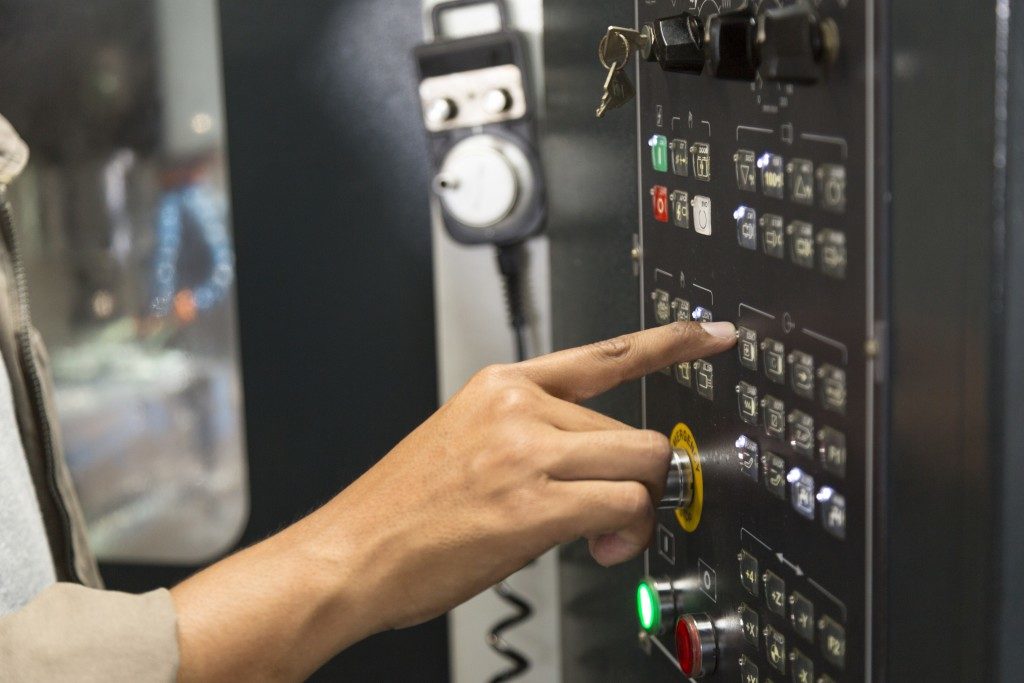SCADA or Supervisory Control and Data AcquiFbusition refers to the type of control system used to run procedures, such as those in infrastructures, facilities, and even industrial processes. A SCADA system can be used for a solar plant, water treatment, wind farm, airport, or ship. It is even involved in production and manufacturing.
SCADA is widely used for management and operations purposes especially in project-driven processes in construction. Through this centralized system, entire sites are controlled and monitored, or, in the case of large areas, complex systems are spread out to cover them. While SCADA is primarily used to simplify processes, it has quite complex components. Here are the essential parts of a SCADA system.
Human Machine Interface (HMI)
The first component, the Human Machine Interface or HMI, is an equipment used to provide the human operator with the processed data. Through the HMI, the operator controls the processes. The HMI provides the databases of the system with diagnostic data, and management and trending information. Examples of the trending information given by the HMI are logistic information, comprehensive schematics for certain machines, maintenance procedures and guides.
Supervisory System
On the other hand, the supervisory system is tasked mainly with gathering the data sent by the HMI and sending commands and operations to the different processes. This group of hardware and software components is considered the core of the SCADA system because of its essential role in data gathering and sending control commands to field connection controllers.
Remote Terminal Units (RTUs)
RTUs or Remote Terminal Units are responsible for connecting sensors and converting the signals they send into digital data. This digital data is then sent to the supervisory system, which stores it in a distributed database. Some RTUs have control capabilities like ladder logic embedded on them. This way, the RTUs can complete boolean logic operations.
Programmable Logic Controllers (PLCs)
 Because of their versatility, flexibility, and economic value, Programmable Logic Controllers or PLCs are utilized as field devices instead of the more process-oriented RTUs. PLCs are connected to various sensors and like the RTUs, they are also connected to the supervisory system. Their embedded control capabilities are also considered to be far more superior to RTUs.
Because of their versatility, flexibility, and economic value, Programmable Logic Controllers or PLCs are utilized as field devices instead of the more process-oriented RTUs. PLCs are connected to various sensors and like the RTUs, they are also connected to the supervisory system. Their embedded control capabilities are also considered to be far more superior to RTUs.
Communication Infrastructures
The component in charge of delivering connectivity to the supervisory system and to the RTUs and the PLCs for the command from the user is known as Communication Infrastructures. They are essential in relaying data from RTUs or PLCs situated in remote areas such as those along with water supplies, electric grids, and pipelines. For SCADA systems, effective communication is one of the necessities for them to be able to work properly.
A SCADA system is used in various industries for the sake of making very complex processes easier for management purposes. In a SCADA system, communication among the different components that comprise it is absolutely essential for it to be able to operate properly. This factor is also what could be used to determine whether a specific system is successful or not.

